#shob charitro kalponik
Photo


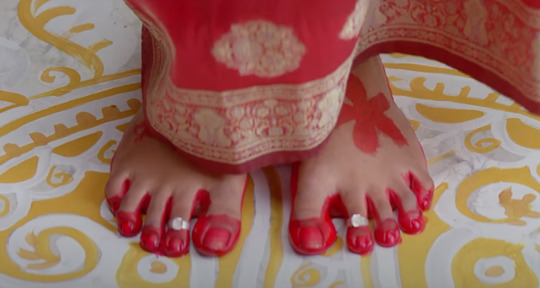
Shob Charitro Kalponik (2009)
28 notes
·
View notes
Text
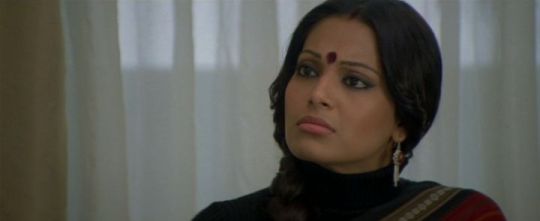
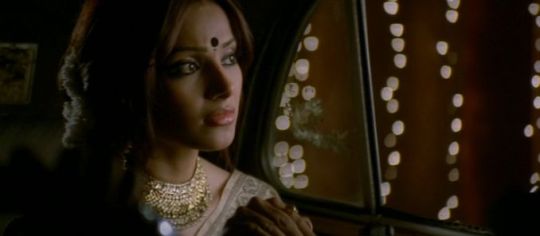
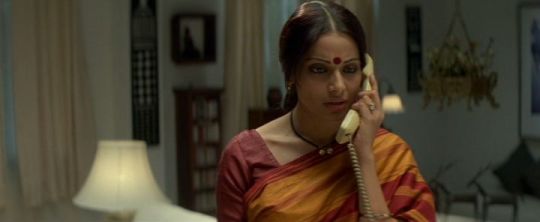
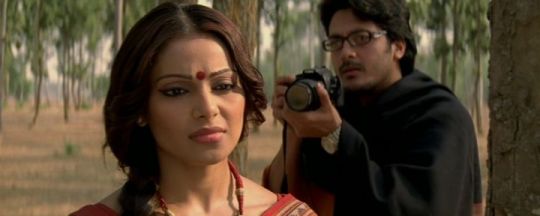
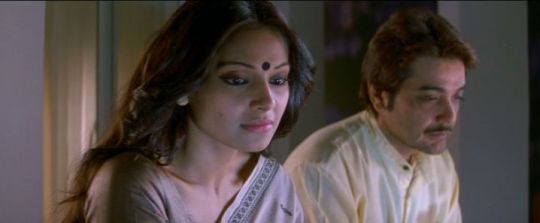


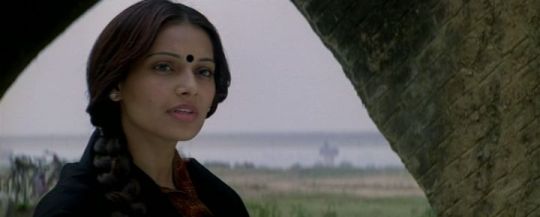
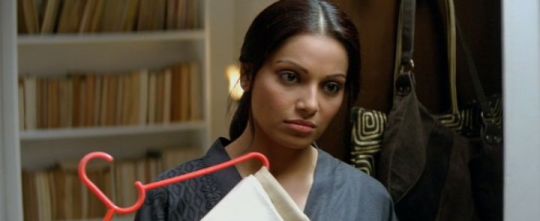
bipasha basu, shob charitro kalponik সব চরিত্র কাল্পনিক (2009) dir. rituparno ghosh
56 notes
·
View notes
Text
Queering Bengali Cinema: Rituparno Ghosh's Retelling of Cultural Texts
Themes of loneliness drive my films"
~Rituparno Ghosh

Antarmahal (2005)
Shubho Mahurat (2003)
Chokher Bali (2003)
Abohomaan (2009)
Dosar (2006) Utsab
(2000) Dahan (1997) Unishe April (1994) Shob Charitro Kalponik (2009) Asukh (1999)
Rituparno Ghosh was a gender nonconforming, sexually dissident filmmaker who made and acted in films revolving around openly homosexual, bisexual and transgender characters. For his work, he won accolades including national awards in India and recognition at film festivals around the world. In 2013, 50-year-old Ghosh met with an untimely death due to heart attack; however, he lives on as India’s most visible queer icon, whose mere presence shook the heteropatriarchal foundations of Bengal’s as well as India's cultural milieu.
In two decades of his filmmaking career, Ghosh consistently engaged with topics considered taboo in the Bengali bhadralok society. Even though, it was much later that he started working with explicit queer content in his films, in the early phase of his career, in films such as Unishey April (1994), Dahan (1997), Bariwali (1999), Utsab (2000), Shubho Maharat (2003), Ghosh dealt with trauma and repressed desire of women in a patriarchal society, seen by scholars as a reflection of the agony of a queer individual in the proverbial closet in a heteronormative society.[1]
Ghosh’s cinema was relatable for the Bengali bhadralok because it was heavily influenced by the film aesthetic of revered filmmakers such as Satyajit Ray. While this visual language made him a favourite of the English-educated, urban Bengali, his exploration of the ‘unusual themes’ placed him at the receiving end of scathing criticism. Ghosh, however, was quick to find a middle ground. He succeeded in evoking the nostalgia of the rich heritage of Calcutta by employing Hindustani classical music or Rabindra Sangeet as background score, and by setting the film narrative in the decorated interiors of old mansions of colonial or pre-colonial Calcutta. Under the garb of such nostalgic elements, he lured the bhadralok audience to the cinema theatre and presented his queer film aesthetic in a way that would suit their sensibility. This subterfuge of relatability helped Ghosh naturalise the themes of same-sex desires and the experiences of queer people of his later films.
In a similar vein, in queer-centric films that Ghosh made, influenced or took part in, such as Arekti Prem er Golpo (2010), Memories in March (2010) and Chitrangada: The Crowning Wish (2012), he freely accessed indigenous cultural resources to validate their contents. He delved into Bengal’s religious myths and cultural artefacts to perform alternative readings that not only helped historicise homosexual and other queer desires, but also helped normalise their struggles in the eyes of the cinemagoers.
Arekti Prem er Golpo: Androgyny and the Figure of Chaitanya Arekti Prem er Golpo (Just Another Love Story) is a film that Ghosh heavily influenced, although he did not direct it. The director, Koushik Ganguly, later confessed that Ghosh was rather stubborn about playing the role of the queer protagonist after his own image, instead of indulging the director’s idea. The film narrates the story of Abhiroop (played by Ghosh), an effeminate, homosexual filmmaker who is in the process of making a documentary film about Chapal Bhaduri, a Bengali jatra (popular folk theatre form of Bengal) actor who performed the roles of women on stage for 40 years. In the 1960s, Chapal Rani, as Bhaduri was known, was allegedly the highest paid ‘actress’ of Bengali jatra. The reference to the figure of Chapal Bhaduri in Arekti Prem er Golpo and his experiences as a performance artist, who constantly straddled male and female roles, supports the idea that gender is performative rather than biological. Abhiroop’s character is a modern-day parallel of Chapal’s. He loves a man but loses him when his lover’s wife becomes pregnant; the possibility of a child born out of a socially accepted heterosexual relationship, thus, obstructs the queer characters’ path to fulfilment. Abhiroop’s fate mirrors Chapal Bhaduri’s career as a female impersonator on stage, which came to an end when biologically female actors finally shattered the shackles of patriarchal restrictions and found their rightful place on stage. It restored the heteronormative standards where only a biologically female actor could play the part of a woman, and a biologically male actor could assume the role of a man. Bhaduri was no longer required to switch between gender binaries; while women emerged in the public space of the stage, the gender-queer actor was made to fade away.
The marginalisation that the gender nonconforming identities have to suffer echoes through the film, but there is also an assertion of the legitimacy of the ‘other’ gender beyond the male/female binary. The following conversation between Chapal and Abhiroop reflects this in the most effective way:
Abhiroop: Do you really see yourself as a woman, Chapal-da?
Chapal: Oh my! If I thought I was a man, there would not be any problem.
Abhiroop: I think women are one category, men are another, and we are a third category.
The reference to Sri Chaitanya, founder of the Gaudiya Vaishnava sect, also brings to the fore the celebration of androgynous identities and queer desires. Abhiroop, at one point, shaves his head to acquire a sort of ‘genderless’ look and narrates the story of Sri Chaitanya, whom he considers to be an icon of native cultural androgyny; Sri Chaitanya embodied both Radha and Krishna and preached Radha bhava (emotion)where the worshipper is in passionate love with Krishna. Ghosh’s films are also noted for their recurrent use of Vaishnava padavali (a lyric poetry tradition of verses narrating the erotic love play of Radha and Krishna).
Memories in March: Same-sex Desire and Brajabuli Lyrics Memories in March, written by Ghosh himself, and directed by Sanjay Nag, has a song written in Brajabuli language (an artificial language created by the fourteenth-century poet Vidyapati to write about the love of Radha and Krishna) by Ghosh which captures the eternal longing of the virahini (estranged lover) to be one with her love. The song, bahumanaratha saju abhisarey pahenu suneel bes (In the hope of meeting my lover, I put on a blue dress), speaks of Radha’s hope and anxiety about the possibility of meeting Krishna after a long separation.[2] The song plays in the background of scenes focussing on the sudden demise of Sidhharth, the lover of Ornab (played by Ghosh), in a car accident.
The use of this Brajabuli song in describing the love, longing and tragic end of a homosexual relationship accentuates the idea that same-sex desires transcend superficial physical attraction and have emotional and spiritual vitality like any romantic relationship. Ornab’s agony at the passing away of Siddharth is naturalised in the bhadralok eye by equating it with Radha’s agony at her separation from Krishna. Even in the film Raincoat (2004), there are Brajabuli songs narrating an illicit affair between a married woman and her childhood lover. These songs substantiate the queer aesthetic of Ghosh who bridges the gap between the legends of the illicit love affair of Radha-Krishna with the modern love affairs that function outside societal norms.
The language of the songs that establish the mood of Ghosh’s films is significant as well. According to Professor Bakshi, the use of songs written in Brajabuli language itself is symbolic[3] because Brajabuli is a language that does not have any geographical or cultural boundary; it is a language that borrows vocabulary from several other Indian languages. No language is, therefore, more suitable to carry the emotional gravity of the lived reality of people who do not fall under gender binaries.
https://safe.txmblr.com/svc/embed/inline/https%3A%2F%2Fyoutu.be%2Fte8LQ0WTjVE#embed-648f2693a5259326767389
youtube
Chitrangada: Gender Fluidity and Indigenous Myth Chitrangada: The Crowning Wish is a film that Ghosh wrote, directed and acted in. It draws inspiration from the legend of Princess Chitrangada whose father raised her as a boy but who wished to become a woman after falling in love with Arjuna. The film revolves around Rudra who meets Partho while rehearsing for a dance drama based on Tagore’s play Chitrangada (1892), falls in love with him and goes through a sex reassignment surgery to be able to bear a child. The story has conspicuous similarities with the Chitrangada myth. It validates the existence of deviant desires and identities from time immemorial, and invalidates the idea that these are the by-products of Western influence and modernity.
Ghosh’s engagement with the alternative readings of native resources not only queered the language of Indian cinema but also helped the Indian queer demography in locating itself in the indigenous culture of the land. His films and his presence in media as an openly queer individual gave the LGBTQ+ community of Bengal, and India at large, a voice. However, he has faced some criticism from the LGBTQ+ community for the glaring absence of the queer subculture, such as the drag culture and kotha-hijra(transgender communities)tradition of India in his cinema.[4] All the queer characters of his films are English educated, from urban spaces and financially affluent. This helped him naturalise queer identities in the bhadralok eye but weakened his films in terms of queer visibility, the politics of representing and bringing to the fore a heterogeneous cluster of queer figures in popular media.
https://safe.txmblr.com/svc/embed/inline/https%3A%2F%2Fyoutu.be%2FS0aETqBudTA#embed-648f2693a53ab862934033
youtube
https://safe.txmblr.com/svc/embed/inline/https%3A%2F%2Fyoutu.be%2F7prDTZhwA8U#embed-648f2693a54b2285396613
youtube
https://safe.txmblr.com/svc/embed/inline/https%3A%2F%2Fyoutu.be%2Fu96MJrjO3BM#embed-648f2693a557e953251883
youtube
24 notes
·
View notes
Video
youtube
In this Video, Infotainment Will Explain Bollywood Actress Bipasha Basu With Family. Subscribe Our Channel: https://www.youtube.com/channel/UCCDb... Bollywood Actress Bipasha Basu With Family are here for you. If you are looking for Bollywood Actress Bipasha Basu With Family, you have just clicked at the right page. This website has all the right information for you regarding Bollywood Actress Bipasha Basu With Family. Check out the Bollywood Actress Bipasha Basu With Family and you will be amazed to see these new things. Bollywood Actress Bipasha Basu With Family is super fun, take a look at it. Bollywood Actress Bipasha Basu With Family is given here for you. Bipasha Basu is one of the overwhelming performing artists who shows up in bollywood. She is a model-turned-performing artist who has worked in Telugu, Bengali and Tamil dialect films. She influenced her bollywood to make a big appearance with a negative part in the film Ajnabee, inverse Akshay Kumar and furthermore got Filmfare Award for Best Female Debut. She got acknowledgment from films like Raaz and Jism Bipasha influenced her bollywood to make a big appearance with the motion picture "Ajnabee" in 2001. Bollywood Actress Bipasha Basu With Family https://youtu.be/juDkPLEDVeE Bollywood Actress Nargis Fakhri With Family https://youtu.be/ZXFzJ-tprBE Bollywood Actress Anushka Sharma With Family https://youtu.be/zNa24s4Zqkg Bollywood Actress Kriti Sanon with Family https://youtu.be/OSHqSXDqmpg Afterward, she worked in a few motion pictures like 'No Entry', 'Phir Herapheri', 'Corporate', 'Omkara', and 'Dhoom 2'. She has additionally showed up in Sonu Nigam's video "Tu" from his collection Kismat and other two music recordings. She has been recorded for 35 assignments and won 11 of them. Till date she has showed up in 40 magazine covers. In 2008, Bipasha had another lead part in the film Race which went ahead to be another hit and furthermore did a cameo in it's continuation Race 2. She was additionally engaged with trial movies, for example, Pankh, Bengali film Shob Charitro Kalponik and Lamhaa in view of Army. She was additionally observed inverse Abhishek Bachchan in Dum Maaro Dum in 2011 and Players in 2012. She kept up her position in top 15 of "The Times of India' 50 most attractive ladies" in 2011, 2012 and 2013. Her family has a place with Delhi. Bipasha Basu has two sister however her both sister is not working in Bollywood industry. Her family is exceptionally cherishing and cop-rating towards her, who dependably underpins her through each circumstance in her own and expert life She was destined to Mr. Hiral Basu and his darling spouse Mamta Basu. Her dad is a structural designer while her mom is a housewife. She cherishes her dad and mom a considerable measure and dependably imparts her cheerful events to them.She has two adored sisters named as Bijasha Basu and Bijoyeta Basu. She is near her sisters and dependably imparts her bliss to them.
0 notes
Photo
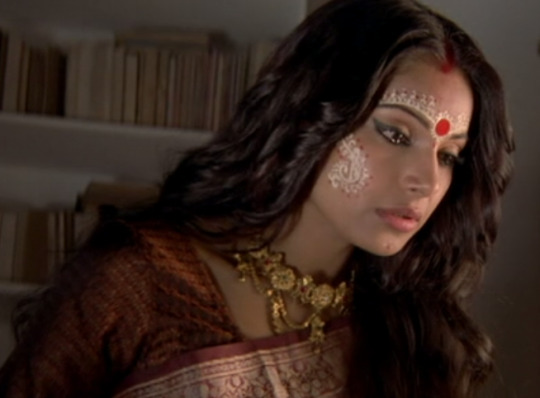

Shob Charitro Kalponik, 2009
973 notes
·
View notes
Photo
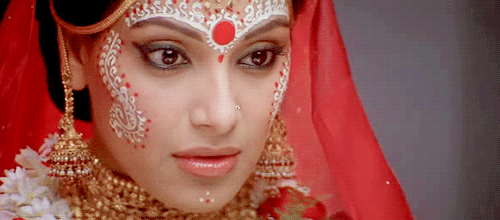
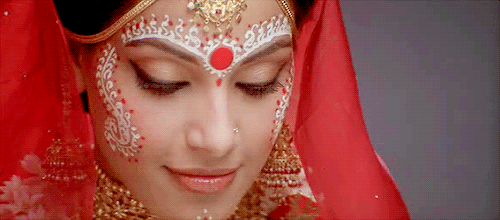
1K notes
·
View notes
Photo
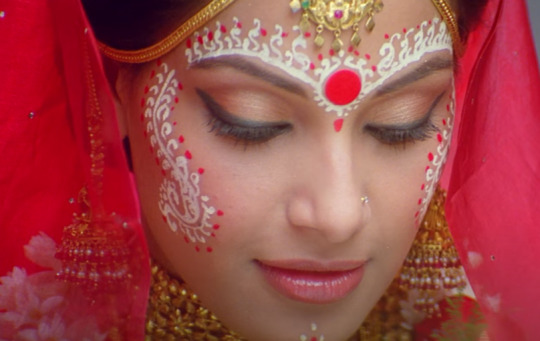
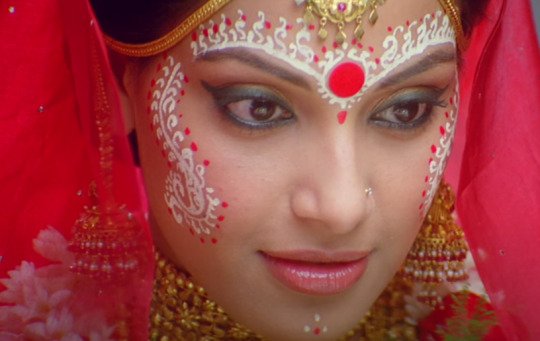
Shob Charitro Kalponik (2009)
23 notes
·
View notes
Text
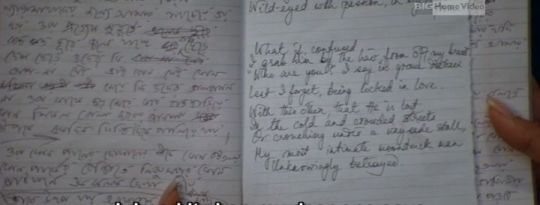


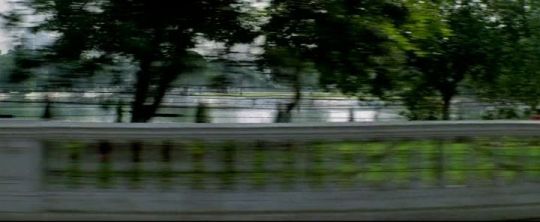


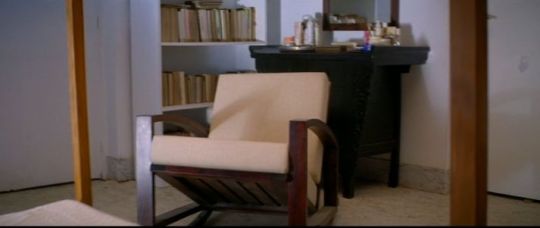

shob charitro kalponik সব চরিত্র কাল্পনিক (2009) dir. rituparno ghosh
15 notes
·
View notes
Photo


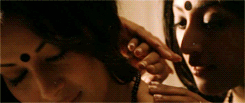

(সব চরিত্র কাল্পনিক | Shob Charitro Kalponik | All Characters are Imaginary, 2009)
#Bipasha Basu#Paoli Dam#Shob Charitro Kalponik#Bengali Cinema#d: Rituparno Ghosh#The fact that a queer scene is here kind of excites me but still the context#Indian Cinema
219 notes
·
View notes
Text
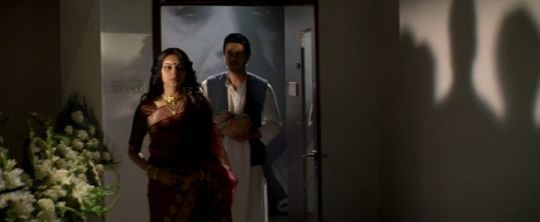
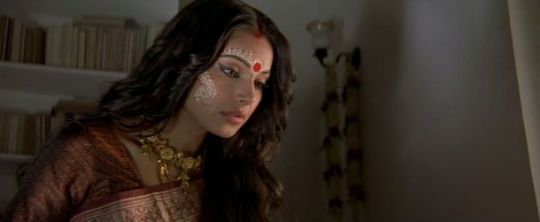
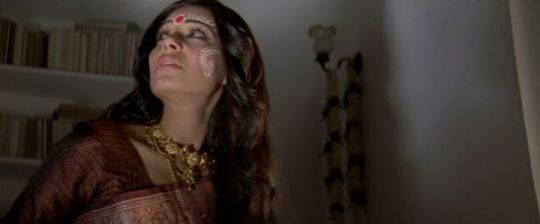
bipasha basu, shob charitro kalponik সব চরিত্র কাল্পনিক (2009) dir. rituparno ghosh
13 notes
·
View notes
Text
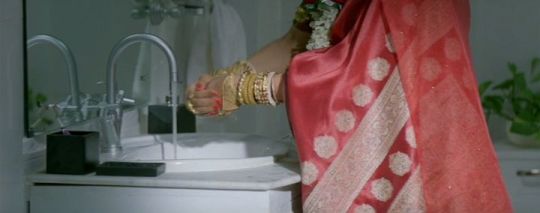
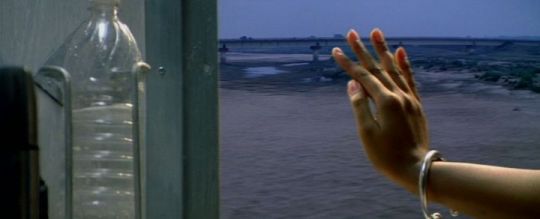

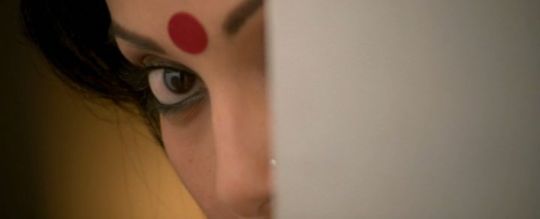


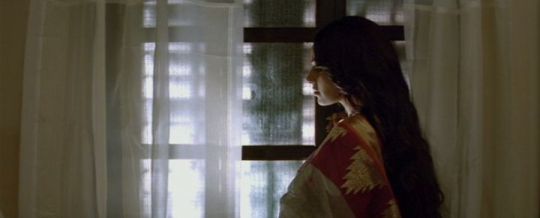

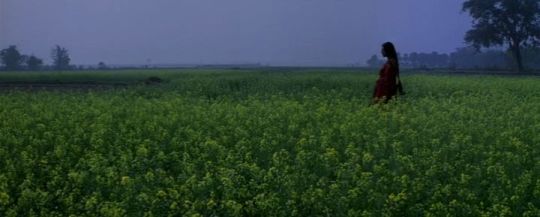

shob charitro kalponik সব চরিত্র কাল্পনিক (2009) dir. rituparno ghosh
8 notes
·
View notes
Text
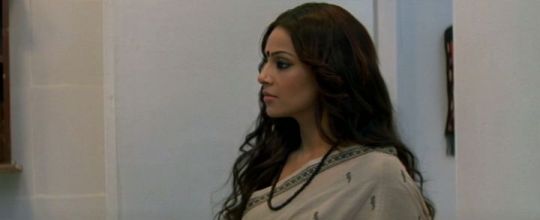

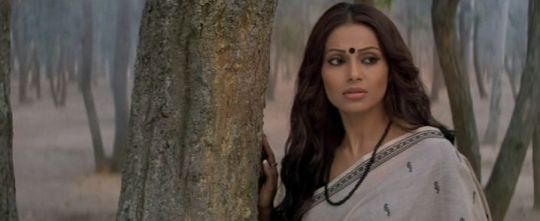
bipasha basu, shob charitro kalponik সব চরিত্র কাল্পনিক (2009) dir. rituparno ghosh
8 notes
·
View notes
Text
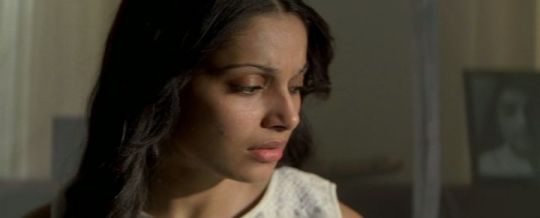

bipasha basu, shob charitro kalponik সব চরিত্র কাল্পনিক (2009) dir. rituparno ghosh
4 notes
·
View notes
Photo


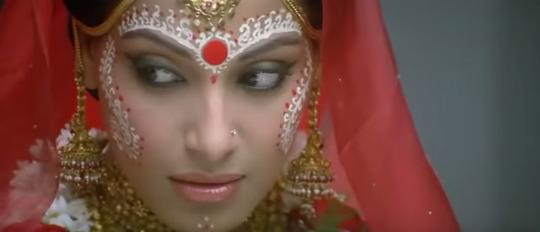
Shob Charitro Kalponik (2009)
#Shob Charitro Kalponik#Bipasha Basu#Rituparno Ghosh#Bengali#if we're being real here i dont remember this movie at all#i just have a bunch of caps saved on my computer so
466 notes
·
View notes
Text
Shob Charitro Kalponik
http://www.youtube.com/watch?v=f8IiF8SNJ2M
here you go :)
4 notes
·
View notes
Text
Shob Charitro Kalponik was really nice, esp. the end omg really good
loved Bipasha, it was hard to get what about the story was cause
i only found the full movie without subs, but i figured it out so it was really intersting
1 note
·
View note